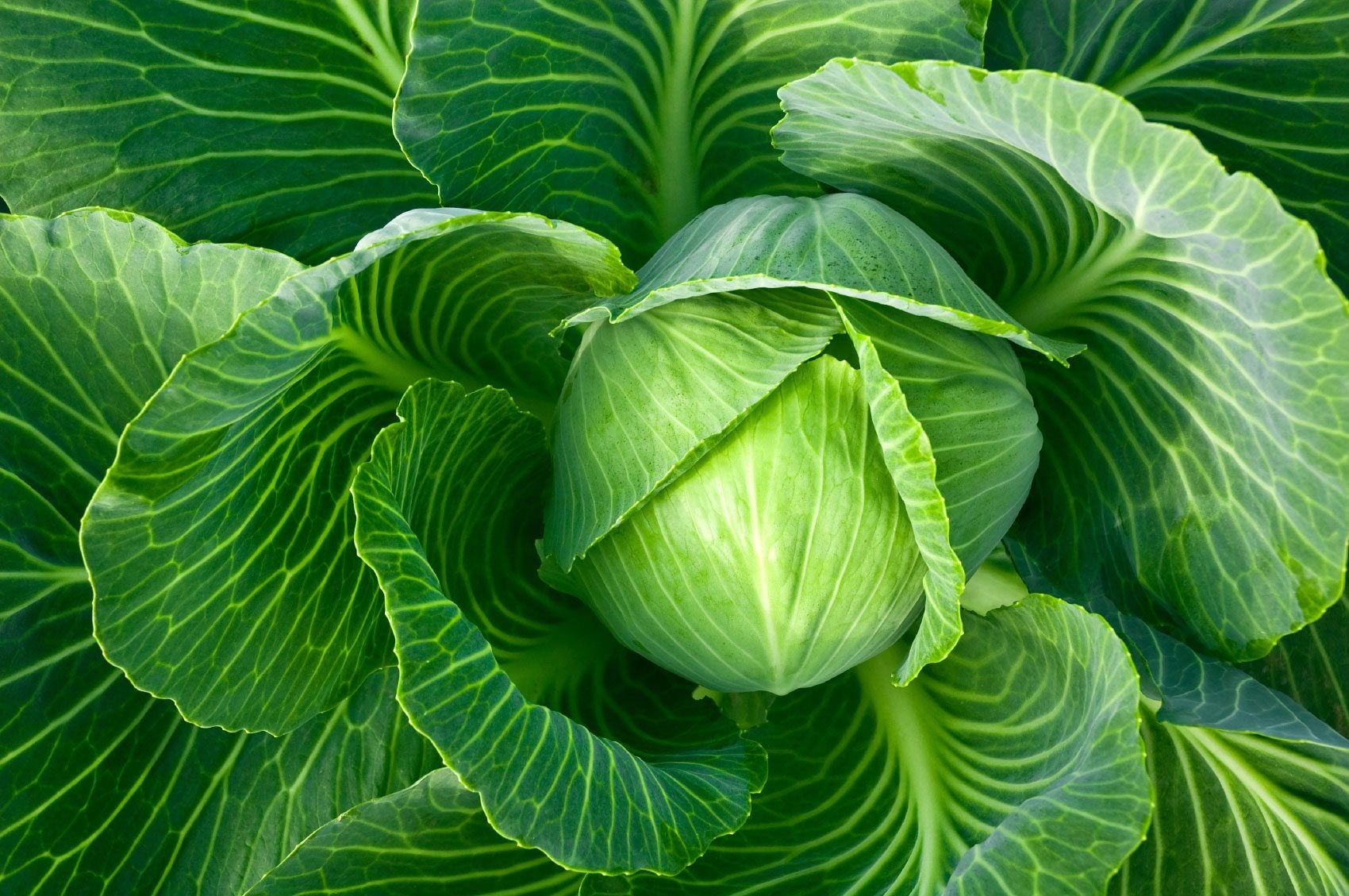Growing Cabbage: How To Grow Cabbage In Your Garden


Easy to grow and hardy, garden-grown cabbage is a nutritious and rewarding gardening project. Growing cabbage is fairly easy because it’s a robust vegetable that isn’t too fussy. Knowing when to plant cabbage and the conditions it likes best will reward you with an amazing vegetable that is great in salads, stir-fry, sauerkraut and countless other recipes.
Cabbage Plant Info
Cabbage (Brassica oleracea var. capitata) grows well in fertile soil and likes sun or partial shade. Available in a variety of green shades, as well as purple or red, the shapes and textures vary widely.
Green cabbage and bok choy have a somewhat smooth leaf, while savoy and napa cabbage leaves are crinkly. There are many different types, so be sure to choose one that’s suitable for your growing region.
When to Plant Cabbage
The planting season for cabbage is quite long. Early cabbage should be transplanted as soon as possible so that it can mature before summertime heat. If you have been wondering when to plant cabbage plants, you should know that several varieties are available at different maturity times, so you can have a harvest all summer long.
When planting cabbage, hardened plants can be very tolerant of frosts. Therefore, you can plant these early in the spring with other cool season vegetables. Late cabbage can be started during mid-summer, but remember they won’t develop a head until fall.
How to Grow Cabbage
When placing cabbage plants in your garden, be sure to space seedlings 12 to 24 inches (30-60 cm.) apart to give them plenty of room for growing large heads. Early varieties of cabbage can be planted 12 inches (30 cm.) apart and will grow anywhere from 1- to 3-pound heads (454 gr.-1k.). Later varieties can produce heads that can weigh more than 8 pounds (4 k.).
If planting from seed, sow them ¼ to ½ inch deep (6-13 mm.) in soil that has a 6 to 6.8 pH balance. Keep seeds moist, and thin the young seedlings to give them space to grow.
Sign up for the Gardening Know How newsletter today and receive a free copy of our e-book "How to Grow Delicious Tomatoes".
Fertile soil gives cabbage a good start. Adding nitrogen to the soil after the plants are well established will help them mature. Cabbage roots grow at a fairly shallow level, but it’s important to keep the soil moist so your vegetables will be juicy and sweet. Cabbage grows best in regions where the temperature doesn’t get much over 75 degrees F (24 C), making it an ideal fall crop.
Harvesting Cabbage
When your cabbage head has reached the size you like, go ahead and cut it at the base. Don’t wait until the cabbage head splits because a split head will attract disease and pests. After harvesting cabbage, remove the entire plant and its root system from the soil.

Caroline Bloomfield is Manager of Marketing Communications at Gardening Know How since 2019. A northwest native, she has resided and gardened in multiple zones in the U.S. and is currently at home in Bandon, Oregon. Writing and editing for various publications since 1998, her BA in American Studies from Southern Maine University includes an emphasis in English. She was raised in California by avid gardeners and continues to enjoy the natural world with an appreciation for the concepts of sustainability and organic care for the planet.